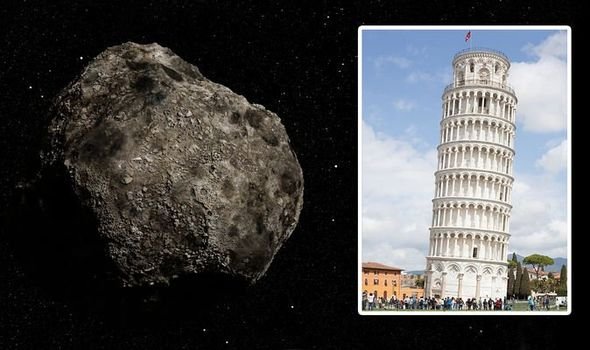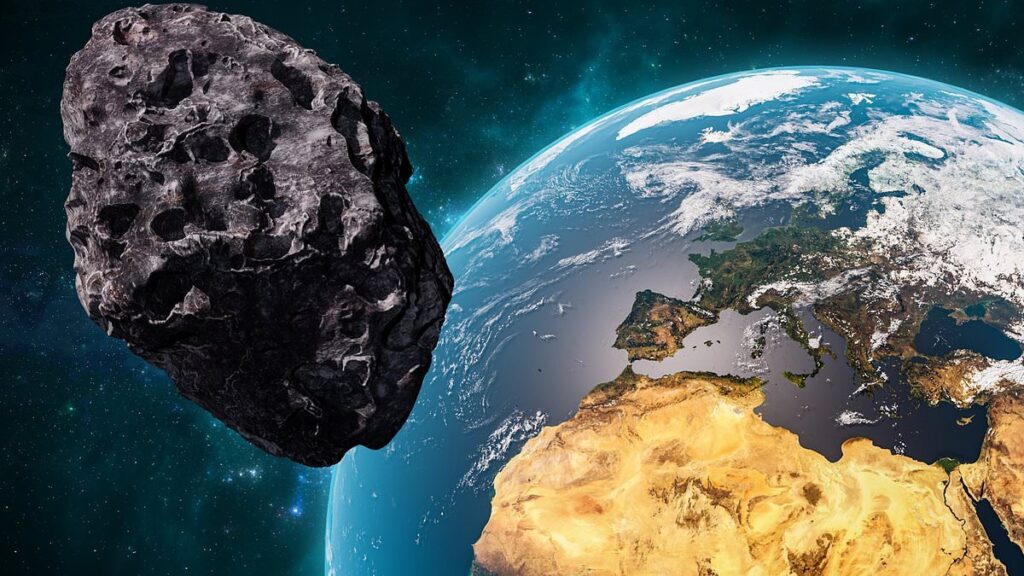Mark your calendars for next Monday, when an asteroid roughly the size of the Leaning Tower of Pisa will drift past our planet at a distance of 393,000 miles – about 1.6 times the distance to the Moon.
The space rock, known as 2025 OW, is currently hurtling towards Earth at a whopping 46,908 miles per hour.
And it’s not alone – four other “planet-sized” asteroids will also make a close approach to our planet over the next few days.
According to NASA, 2025 OW is about 220 feet across, making it larger than the Leaning Tower of Pisa, which stands at 185 feet tall.

Asteroids of All Shapes and Sizes
Asteroids can vary wildly in size, from small rubble to massive rocks hundreds of miles in diameter. Most of them do laps around the Sun between Mars and Jupiter in the asteroid belt.
Earth gets slammed by an asteroid about 300 feet in diameter once a decade, while one 10 times that size impacts us every 700,000 years.
A space rock measuring just 160 feet in diameter can easily devastate the local area and pockmark the Earth, unleashing a force similar to a nuclear bomb – these happen once a millennium.
Defending Our Planet
Our planetary defense options include intentionally smashing a satellite into an asteroid to nudge it off course or detonating a nuclear bomb near it.
NASA’s Jet Propulsion Laboratory in California and the Near-Earth Object Coordination Centre in Italy keep an eye on all these rocks whizzing about.
They calculate the odds of an asteroid impact as they plot out the possible orbits, which get more accurate as they observe them more.
In the case of 2025 OW, scientists have been able to predict its orbit for the next 100 years.
As of July, NASA has discovered more than 38,600 near-Earth asteroids, of which 872 are larger than a kilometer.
At least seven wandered close to Earth last month alone, with NASA keeping an eye on 1,798 near-Earth objects on its “risk list”, though all have next to no chance of striking Earth.
So, while these asteroids might be large and intimidating, there’s no need to lose sleep over them. But it’s still important to keep tracking them to ensure our safety in the future.

